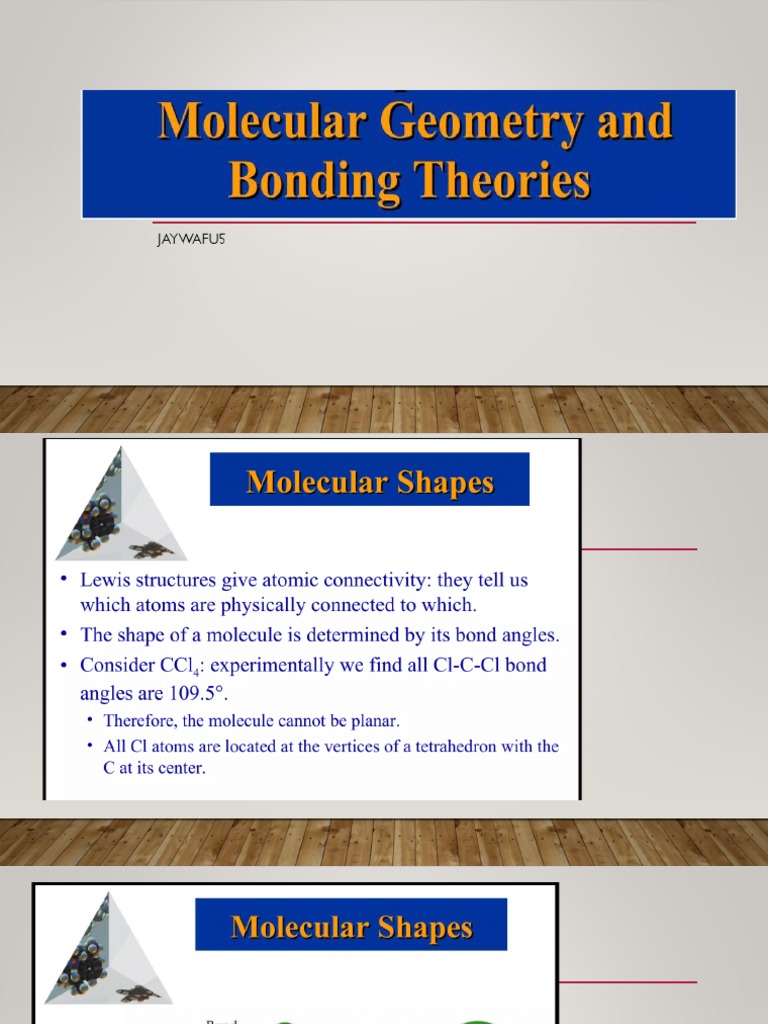Molecular geometry, often likened to the intricate choreography of a ballet, manifests as both an exquisite art and a profound science. The discovery of molecular geometry has its roots entwined in the evolution of chemistry, where the quest for understanding the structure of matter prompted scientists to delve deep into the molecular realm. Unlike the solid macroscopic world we inhabit, the molecular domain is governed by principles that elude direct observation, compelling researchers to forge paths through innovative experimentation and theoretical modeling.
Initially, the conception of molecular structure began with the ancient Greeks, who pondered the nature of matter. Democritus, with his ingenious notion of the atomos, suggested that matter was constituted of indivisible particles. Yet, it was not until the 19th century that a more profound comprehension began to coalesce. With the dawn of atomic theory, John Dalton meticulously articulated the atomic model and postulated that atoms of different elements differ in their mass and composition, paving the way for a more nuanced understanding of chemical bonds and interactions.
As the 19th century progressed, the paradigm shifted further with the contributions of Dmitri Mendeleev. His periodic table not only organized elements in relation to their atomic weights but also allowed for the prediction of undiscovered elements. Mendeleev’s arrangements hint at the appreciable connectivity between atomic structure and elemental behavior—a precursor to understanding how atoms bond and form distinct geometrical configurations.
The year 1860 heralded the advent of structural chemistry, propelled by the works of August Kekulé and Archibald Scott Couper, who collaboratively proposed structural formulas for organic compounds. Their innovative approaches revealed the ability of atoms to engage in multiple bonds, which contributed vastly to the knowledge of molecular connections. This period laid the scaffolding for grasping how atoms aggregate, leading to the realization that molecular shape plays an instrumental role in determining the properties and reactivity of substances.
However, the true elucidation of molecular geometry did not transpire until the introduction of three-dimensional modeling in the early 20th century. The path was illuminated by figures such as Linus Pauling, whose affinity for geometrical concepts enabled a deeper appreciation of molecular structures. Pauling’s seminal work crystallized the understanding of hybridization—a phenomenon where atomic orbitals meld to create new, equivalent orbitals that define geometry. His insights into sp, sp², and sp³ hybridization elucidated the formation of linear, trigonal planar, and tetrahedral shapes, transforming our comprehension of molecular architecture.
Emerging from this foundation, the VSEPR theory (Valence Shell Electron Pair Repulsion) further advanced the field. Developed by Gillespie and Nyholm in the 1950s, VSEPR theory posited that the spatial arrangement of electron pairs around a central atom determines molecular shape. This theory endowed chemists with the tools to predict geometries based on electron pair repulsion, illustrating the elegance of nature’s design through the lens of mathematical logic. The resulting geometries—ranging from linear to octahedral—exemplify various spatial orientations dictated by the preservation of angular distances between electron pairs.
As advances in technology burgeoned, so too did the precision of molecular geometry analysis. The advent of X-ray crystallography in the early 20th century provided chemists with an unprecedented means of visualizing molecular structures. By employing the scattering of X-rays through crystalline materials, scientists unlocked the hidden shapes of molecules, capturing their spatial orientation with remarkable accuracy. This technological leap opened a window into the molecular universe, revealing how subtle changes in geometry could translate into drastic variations in chemical reactivity and physical properties.
The allure of molecular geometry is further magnified by its implications on diverse scientific fields. For instance, in pharmaceuticals, the geometry of drug molecules often dictates their efficacy in binding to biological targets. Understanding these intricate shapes enables chemists to design more effective drugs that precisely interact with specific biological pathways. Similarly, in materials science, the exploration of molecular geometry fosters innovations in the development of polymers and nanomaterials, harnessing unique properties that arise from particular structural configurations.
In conclusion, the discovery of molecular geometry has unfolded over centuries, akin to the unveiling of a masterful painting, stroke by stroke. From the philosophical musings of early thinkers to the empirical rigor of modern science, the quest to comprehend molecular shapes has transcended disciplines, intersecting with fields as varied as biology, material science, and pharmacology. As our understanding deepens, the importance of molecular geometry continues to resonate throughout the scientific community, illuminating the invisible framework that underpins the substance of our physical world.
In the throes of this academic pursuit, one can appreciate molecular geometry as not merely a collection of shapes but as a dance of electrons and atoms, a harmonious confluence orchestrated by the fundamental principles of nature. Through continuous exploration and discovery, the allure of molecular geometry remains a testament to the ever-evolving narrative of chemistry and its quests to elucidate the intricacies of life itself.












